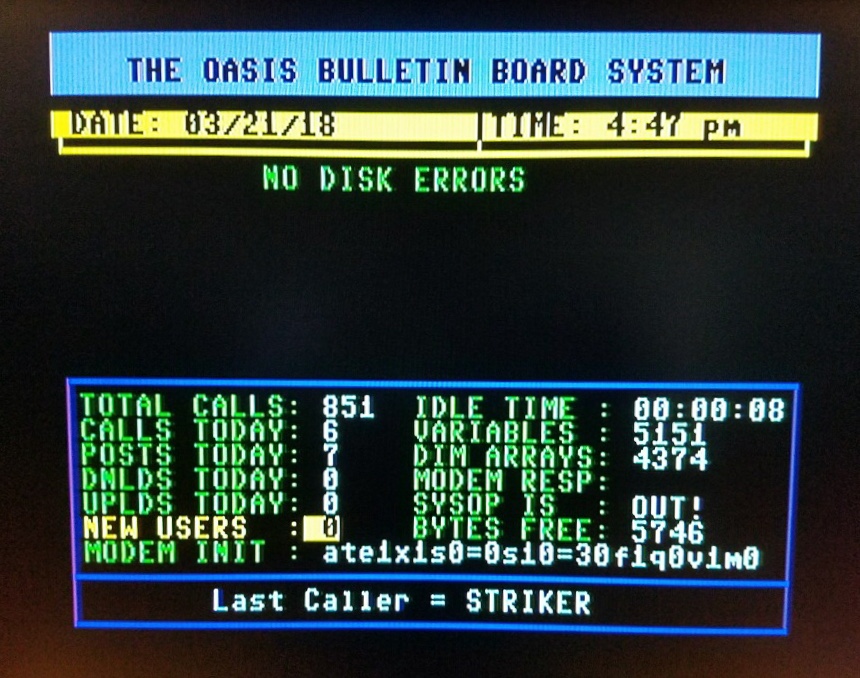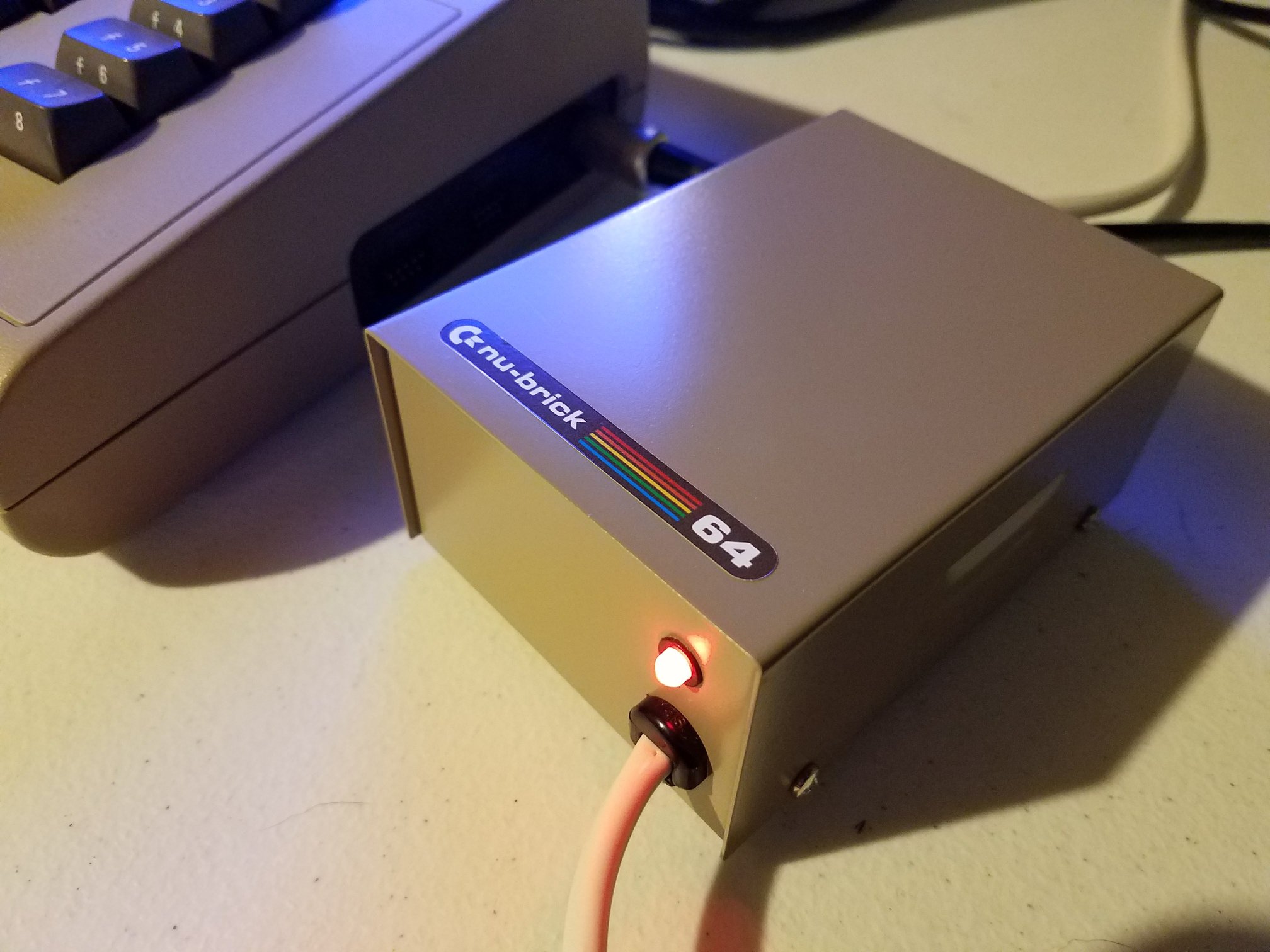In this short but informative video from 8-Bit Wall of Doom, the creator takes a side-by-side look at two machines from the Foenix F256 family. It’s a practical comparison, zooming in on the physical differences, standout features, and variations in circuitry between the systems. If you’re curious about what sets them apart — or what you’ll need to get one of these machines up and running — this video is for you.
What’s not covered in this video? Well, both systems share a lot under the hood: the same MicroKernel, the same version of SuperBASIC, the same operating environment, and the same FPGA load. That load tells the system how to handle memory management (MMU), DMA, the math block, interrupt systems, and other core functions. The one notable exception? A difference in the YMF262 IC — and yep, that’s covered in the video. But the main point is: software compatibility between the two platforms is rock solid. As the community grows, expect software to get even smarter — detecting available chips and features automatically.
This particular demo is based on a pre-release beta unit, so fair warning: things may shift a bit in the commercial version of the F256K, which (good news!) is now shipping.
Looking to dive even deeper? Check out the Tail Recursive introductory video, which focuses more specifically on the F256K and related Foenix products. It’s a great companion piece.







